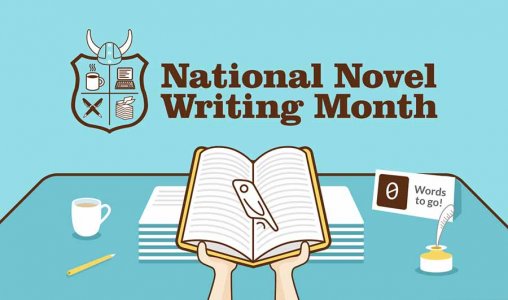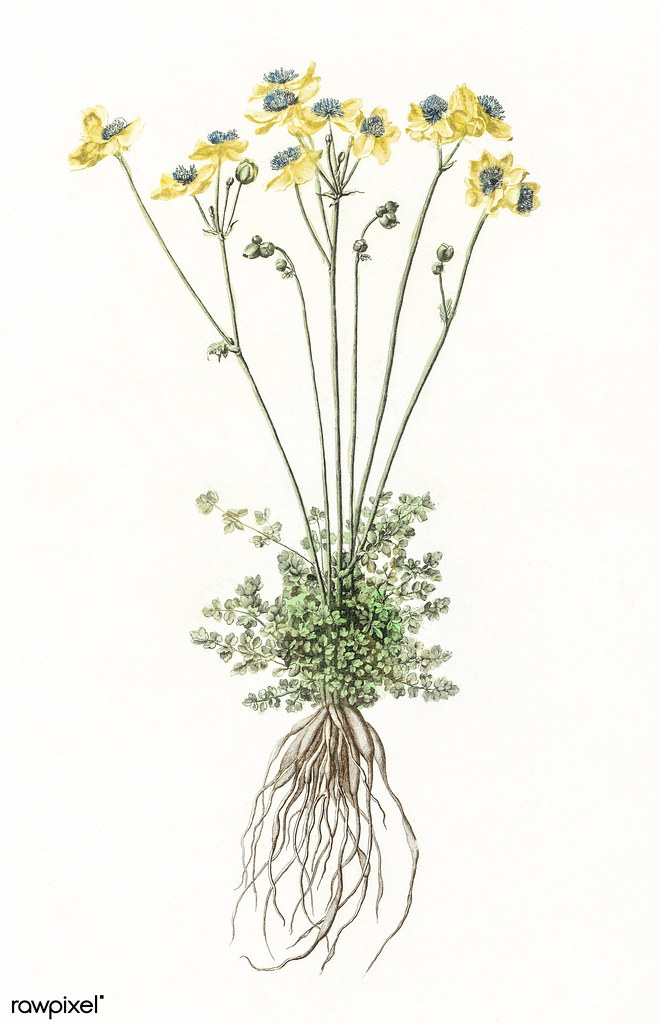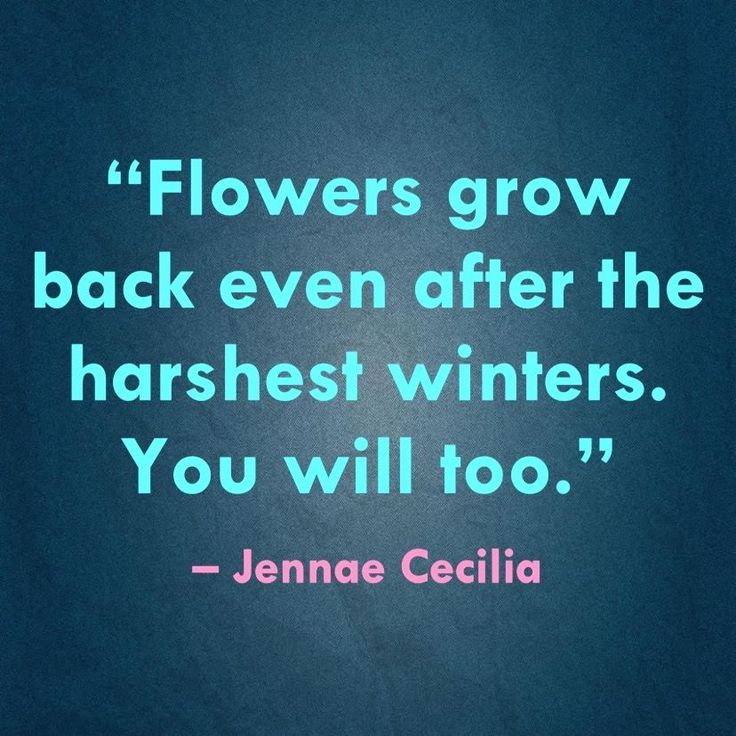I have some fiction suggestions for you this week. Below you’ll find novel recommendations for young children, teens and adults. Happy reading!
Our Little Kitchen written and illustrated by Jillian Tamaki. Picture book, ages 4 – 8. A story about a lively gathering when neighbours come together to prepare a meal for their community. With a garden full of produce, a joyfully chaotic kitchen, and a friendly meal shared at the table, this sweet story celebrates diversity, camaraderie and community.
Sour Cakes written by Karen Krossing and illustrated by Anna Kwan. Picture book, ages 3 – 7. Two sisters wake up in very different moods: the older one cheerful, the younger one grumpy. The older sister proposes they bake a cake, but the younger sibling only wants to bake a sour one. When the younger girl’s mood reaches the boiling point, the older sister agrees to bake the gloomy sour cake. With that, the two sisters navigate the younger one’s messy feelings and get back to playing.
Firefly by Phillipa Dowding. Middle-grade novel, ages 9 – 12. Thirteen-year-old Firefly has had a difficult childhood. When her mother is taken into custody, Firefly goes to live with her aunt Gayle, who owns The Corseted Lady costume shop. Between her aunt’s secure and steadfast support and the millions of costumes in the shop, Firefly is able to try on different identities, find herself in the process and heal.
Facing the Sun by Janice Lynn Mather, teen novel, ages 14 and up. Set in the Caribbean, this story focuses on four friends who experience unexpected changes in their lives when a hotel developer purchases their community’s beloved beach. Facing the Sun, which is told from four points of view, is a coming-of-age story about navigating family, friendship, self-worth and growing up.
People We Meet on Vacation by Emily Henry. Contemporary Romance/Women’s Fiction. Travel writer Poppy decides to take one last shot at reconnecting with Alex, her former best friend, who quite possibly might be her dream man. Best friends since college and complete opposites, Poppy and Alex have taken an annual summer vacation together for years. Or they did up until two years ago when they had a serious falling out. Hoping to mend the rift between them and win back the heart of her best friend, Poppy invites Alex on one last trip. An unabashedly feel-good read with the prerequisite happy ending.
The Rose Code by Kate Quinn. Historical fiction. At 650+ pages, The Rose Code is a time commitment but a worthwhile one. This novel focuses on three very different women, once friends and then estranged, who come back together to help the British solve codes that the Germans have been sending back and forth. Though it’s a little slow to start, this is a character-driven and suspenseful story of friendship, betrayal, hope and redemption.
Wish You Were Here by Jodi Picoult. Set in the early months of the Covid pandemic, this recently released Picoult title is garnering solid reviews. In March 2020, Diana O’Toole takes a planned romantic holiday to the Galapagos alone as her boyfriend Finn, who expected to join her on their nonrefundable vacation (and where Diana is almost certain he is going to propose), is needed at the hospital in New York. Unfortunately, the island is soon under quarantine and Diana is stranded there until the borders reopen. Completely isolated, Diana must venture out of her comfort zone and, in fact, eventually comes to question everything she knows about her relationships, her choices and herself.
Not a Happy Family by Shari Lapina. This domestic suspense read from Canadian novelist Lapina will appeal to the thriller lover on your list. The story takes place in the days following the brutal murders of Fred and Sheila Merton in their mansion on Easter Sunday. Their three adult children, who stand to inherit a fortune, are all deemed suspects. And as the story unfolds, Catherine, Dan and Jenna begin to suspect each other as well.
And one I’m anticipating:
The Secret Life of Albert Entwistle by Matt Cain. Published in the UK this year and being re-released in North America in early 2022, this novel tells the story of 64-year-old postman Albert Entwistle who has been living alone in a quiet North England town since his mother died eighteen years ago. But Albert has just learned he’ll be forced to retire on his next birthday. Friendless and with little to look forward to, Albert realizes it’s time to be honest about who he is and to ask for what he wants. So, Albert sets out to find George, the man that many years ago he loved and lost. As Albert embraces a new future, extraordinary things begin to happen.














Comments